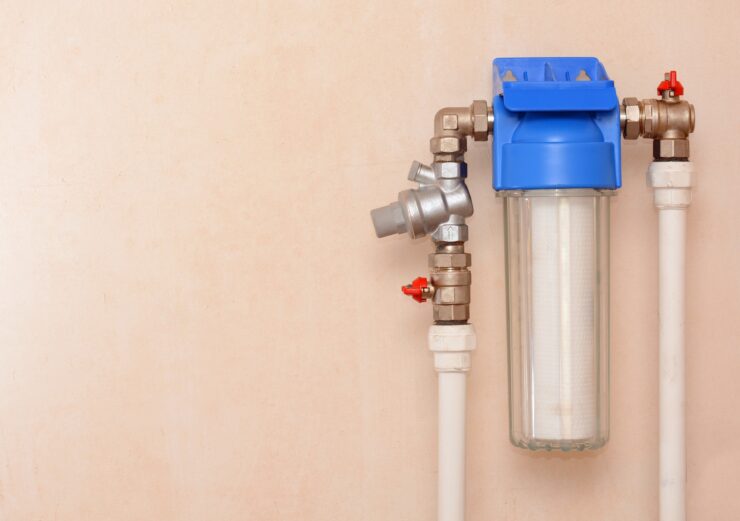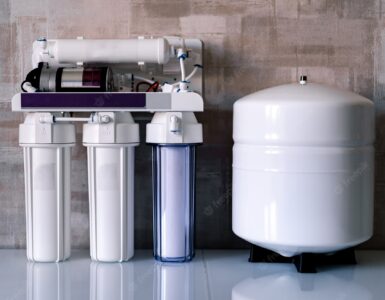Did you know that around 90% of homes in the United States have hard water? If you are looking to add a water softener to your house because you are tired of dealing with hard water, you are in the right place. We have put together this short guide to share tips on how to size a water softener.
Keep reading to learn the ins and outs of water softener sizing.
1. Determine Your Water Hardness
The first thing you need to do when learning how to size water softener is figure out your exact water hardness. It is crucial to know what it is vs guessing. You can either have your water tested at an independent laboratory that is not trying to sell you water softeners.
You can also test your water yourself with a kit that you can purchase at a store or online. If you do not have a private well in your home you can request a free quality report from your local supplier.
When you are figuring out your levels pay attention to the iron levels in the water as well. As a rule of thumb, you want to add 4 gpg to your hardness value for every 1 ppm of iron.
2. How Much Water Do You Use?
Next, you want to estimate how much your daily water consumption is. One of the easiest ways to figure this out is to check your latest water bill. This will tell you how much water you used during that month or quarter and you can take that figure to calculate what your daily average consumption is.
If you do not have your water bill on hand or have this information you can multiply the number of people living in your home by 100. This will give you an idea of the gallons of water your family consumes per day.
3. Daily Softening Calculation
The last step when figuring out your water softener sizing is to multiply the hardness level of your water by the daily water usage calculated in step 2. This number will give you the daily softening requirement that you need.
For example, if your water is 10 gpg and your family uses 400 gallons of water per day – this would equal 4,000 hardness grains daily. This means that you need a softener that removes 4,000 hardness grains every day.
Keep in mind that a softener can only remove so many hardness grains before it will have to regenerate. After a while, all of the resin beads that are inside the softening tank will be saturated. This means that those beads can’t bind any more magnesium ions or calcium.
Now You Know How to Size a Water Softener
We hope that now that you have our top tips on how to size a water softener, you can make informed decisions while you are out shopping around.
Did you enjoy this article? Keep browsing the rest of this section for more of our home tips.




























